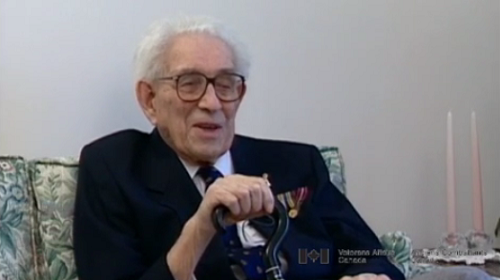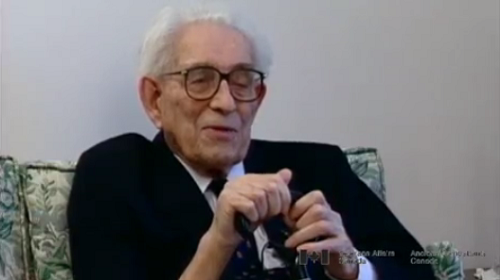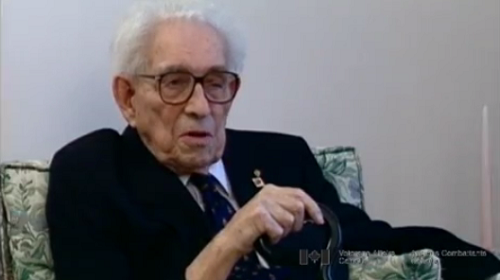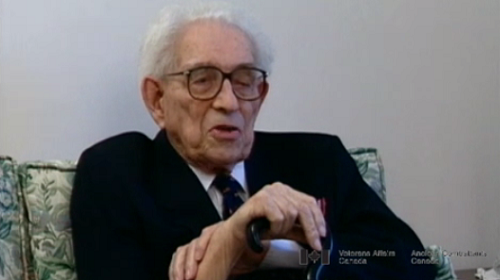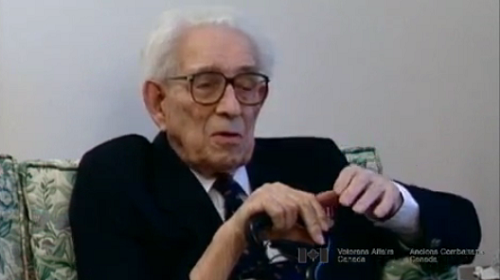German Long Range Shelling
Heroes Remember
German Long Range Shelling
Current position:00:00:00
Total time:--:--:--
St. Pol was where all the supply dumps,
you know, when you were running battles
you had to have food and you have to have
everything ahead of time and they had what
they called dumps of these things and
the Germans had eleven inch naval shells
they were firing into this St. Pol area
trying to hit these dumps and one thing and
another and we discussed... the signal school,
there was an escarpment there and they
couldn't put a shell in there because this
escarpment was going up towards the
Germans like that toward the German lines,
you see. So the signal school was in safety
there but our quarters weren't.
They were down below and there was an
army headquarters of some kind there and
and we argued whether if they could,
started firing whether they could fire a
shot and come over into that town, well,
we found out they could because they
started every day at about 11 o'clock they
would put about four or five of these shells
into the town and then 5 o'clock in the
afternoon they would put another four or five
shells in and about at 11 o'clock at night
just when everybody is packing up for the
night they would put four or five more in,
these were big shells. The fragments
would maybe travel a half a mile sometimes.
Two of our fellows, they had a piece of
sheet iron leaning up against the fence like
that and a chunk of this stuff came down
and hit that sheet iron and landed in the
ground between the two of them and
that's how close they were.
You see, there was no place where you
could be guaranteed safety.
Related Videos
- Date modified:












